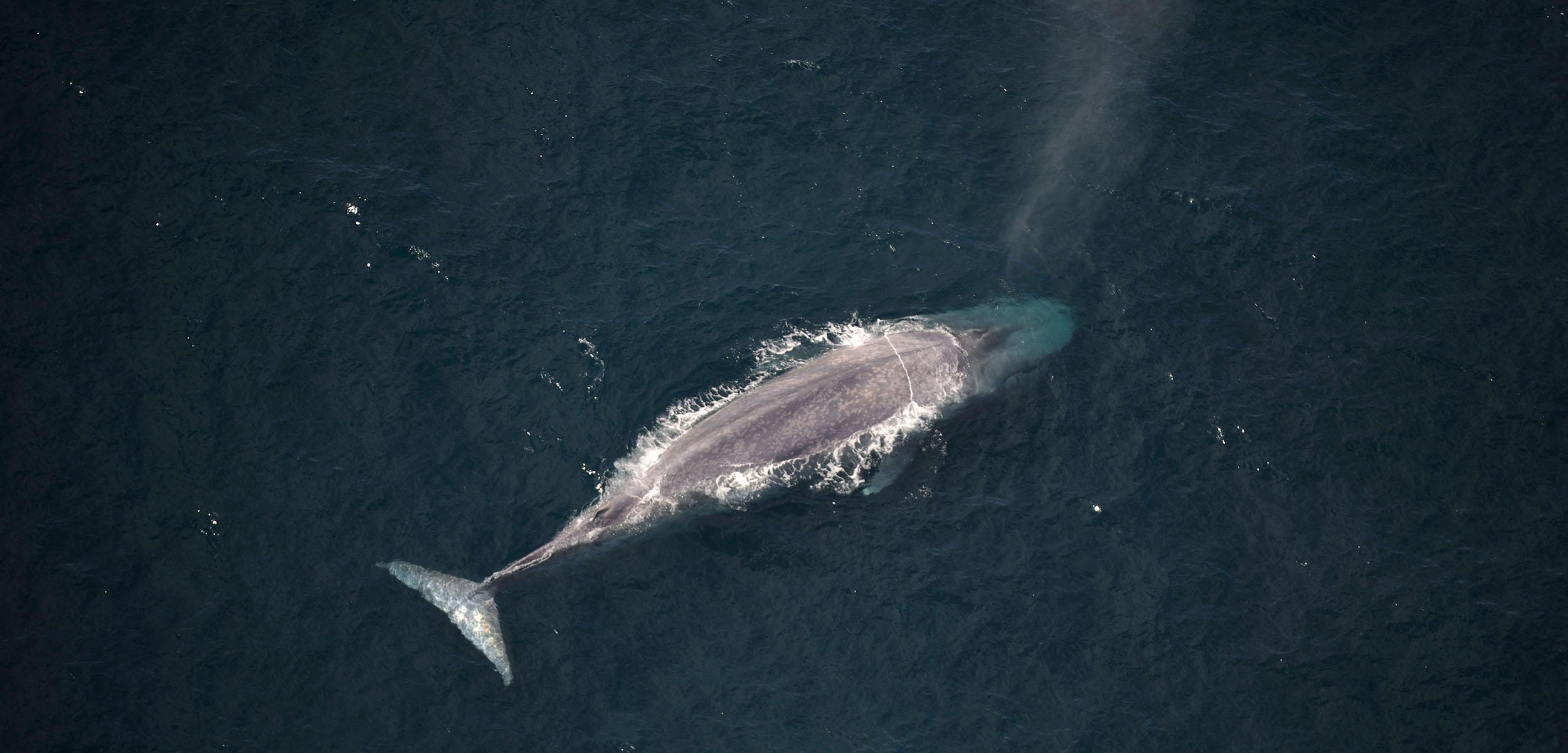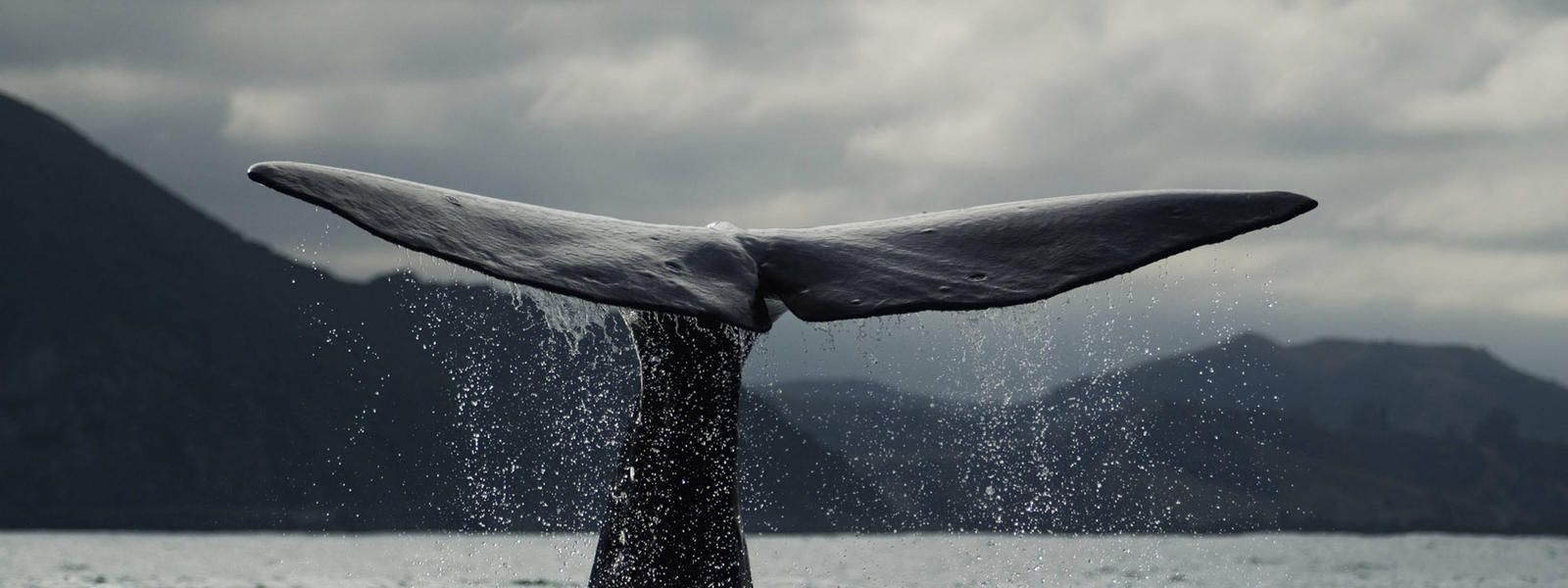THE BLUE WHALE
Background
The blue whale is the largest animal on the planet, weighing as much as 200 tons (approximately 33 elephants). The blue whale has a heart the size of a Volkswagen Beetle. Its stomach can hold one ton of krill and it needs to eat about four tons of krill each day. They are the loudest animals on Earth and are even louder than a jet engine. Their calls reach 188 decibels, while a jet reaches 140 decibels. Their low frequency whistle can be heard for hundreds of miles and is probably used to attract other blue whales.

Like other large whales, blue whales are threatened by environmental change including habitat loss and toxics. Blue whales can also be harmed by ship strikes and by becoming entangled in fishing gear. Although commercial whaling no longer represents a threat, climate change and its impact on krill (shrimp-like crustaceans), blue whales' major prey, makes this cetacean particularly vulnerable.

Population
Scientists know little about the life history of the blue whale. The best available science suggests the gestation period is approximately 10 to 12 months, and that blue whale calves are nursed for about 6 to 7 months. Most reproductive activity, including births and mating, takes place during the winter. Weaning probably occurs on, or en route to, summer feeding areas. The average calving interval is probably 2 to 3 years. The age of sexual maturity is thought to be 5 to 15 years.

Whales are at the top of the food chain and have an important role in the overall health of the marine environment. During the 20th century, the blue whale was an important whaling target and even after it was protected and commercial whaling stopped in 1966, exploitation efforts by the former Soviet Union persisted.

Endangered
Inadvertent vessel strikes can injure or kill blue whales. Vessel strikes have killed blue whales throughout their range, but the risk is much higher in some coastal areas with heavy ship traffic.

Blue whales can become entangled in fishing gear, either swimming off with the gear attached or becoming anchored. Blue whales can become entangled in many different gear types, including traps, pots, or gillnets. Once entangled, whales may drag and swim with attached gear for long distances, ultimately resulting in fatigue, compromised feeding ability, or severe injury, which may lead to reduced reproductive success and death. Additional threats include ocean noise, habitat degradation, pollution, vessel disturbance, and long-term changes in climate.


